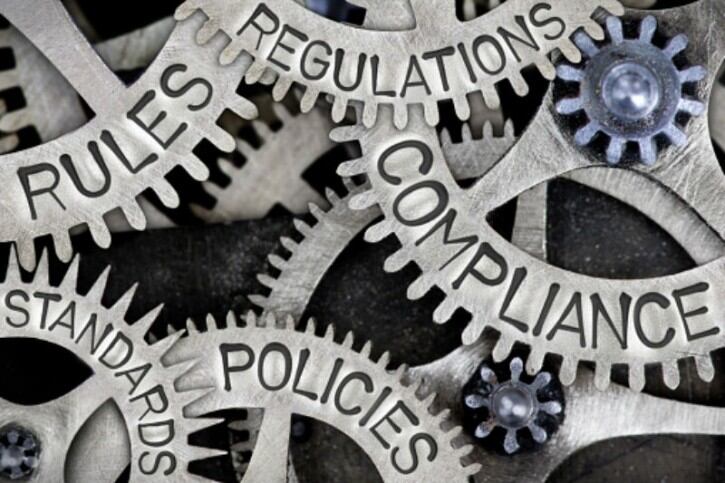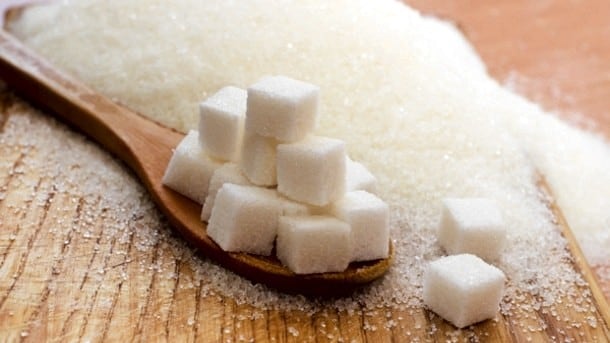The World Health Organization (WHO) recommends added sugar consumption of less than or equal to 24 g per day or 5% of total energy intake.
However, studies such as the Global Agricultural Information Network (GAIN) show that Thai people continue to consume more sugar every year. For example, in 2015, the average person in Thailand consumed approximately 26 teaspoons or 104 g of sugar per day, with most of them receiving their daily intake mainly from sweet beverages.
By 2016, the figure became 122 g of sugar per person per day. This means that Thai people more likely to become obese. During that time, Thais ranked second in ASEAN populations for obesity, and Thais 18 years old or older have a high body mass index (BMI).
Adolescents in university also spent more than eight hours attending lectures and completing reading material, leading to low physical activity. Together with home delivery service via online applications in Thailand, these factors may contribute to weight gain during their four years in university.
However, the pattern of sugar consumption and nutritional status is less well documented in southern Thai university adolescents.
To determine the association between added sugar consumption and BMI status, the researchers looked at the amount of added sugar consumption from main meals and beverages among adolescents in the region.
They conducted a cross-sectional study among 280 adolescents in university, who were 18–22 years old and recruited from undergraduate students at different schools.
The participants were then divided into four groups based on their BMI: Underweight (<18.5 kg/m2), normal weight (18.5–22 kg/m2), overweight (23–24.9 kg/m2), and obese (≥25 kg/m2). These values were based on Asian-Pacific cut-off points.
They had to fill in a 24-hour dietary recall questionnaire, which collected information about all the foods and beverages consumed within a weekday. Researchers then assessed the associations between added sugar consumption in foods and beverages and nutritional status.
About half of the participants had a BMI status in the normal range (51.8%). A large percentage of adolescents had eaten staple food only two times and did not have breakfast (49%). Additionally, most of the student did not eat a snack or drink beverages (57.7%).
Consumption of vegetables, fruit, meat, and milk was higher in obese subjects than other groups.
The results showed that adolescents consumed more added sugar (79.2%) than is recommended by the WHO.
Most of the added sugar consumption came from beverages (46.5%). The findings revealed that added sugar consumption among undergraduate students did not differ significantly depending on BMI.
“The major source of added sugar consumption found in this study was beverages, which accounted for 45–55% of total added sugar consumption or 80–100 g per person per day,” said the researchers.
Similarly, another study by Promdee et al showed that average sugar consumption among Thai undergraduate students was about 17 teaspoons of added sugar per day.
“This study indicated that added sugar consumption in university students exceeded the WHO recommendation, although there was no discernible difference in BMI status,” said the researchers.
Regarding these findings, the researchers offered the explanation that a variety of internal and external influences tend to impact food and lifestyle patterns among university students. It is therefore crucial to examine their nutritional consumption and establish the elements that impact their dietary and lifestyle behaviours in order to change these habits accordingly.
The government may consider implementing policies that have a financial impact on consumers or manufacturers to reduce added sugar consumption. As seen from the new sugar tax that was implemented in 2018, Thai consumers’ sugar consumption fell by 7% in the first three months of 2018 compared to the same period in 2017.
This, according to the researchers, was due to beverage producers wanting to evade the new sugar tax, which prompted them to reformulate products to include more artificial sweeteners.
The researchers concluded that the results would be useful for further study and may help dietitians provide appropriate nutrition education or campaigns to reduce added sugar consumption among Thai and Southeast Asian university students. This will in turn prevent overweight, obesity, and diet-related non-communicable diseases among the populations.
Source: Annals of the National Institute of Hygiene
DOI: https://doi.org/10.32394/rpzh.2024.0293
“Association between added sugar consumption in foods and beverages and body mass index among adolescents in university southern Thailand: A cross sectional study”
Authors: Jaruneth Petchoo , Benjamas Kongnun et al.
Active Lifestyle Nutrition will be a major topic of focus at Growth Asia Summit 2024 – join us in Singapore to learn about market opportunities and glean insights from major industry experts. Find out more here.





